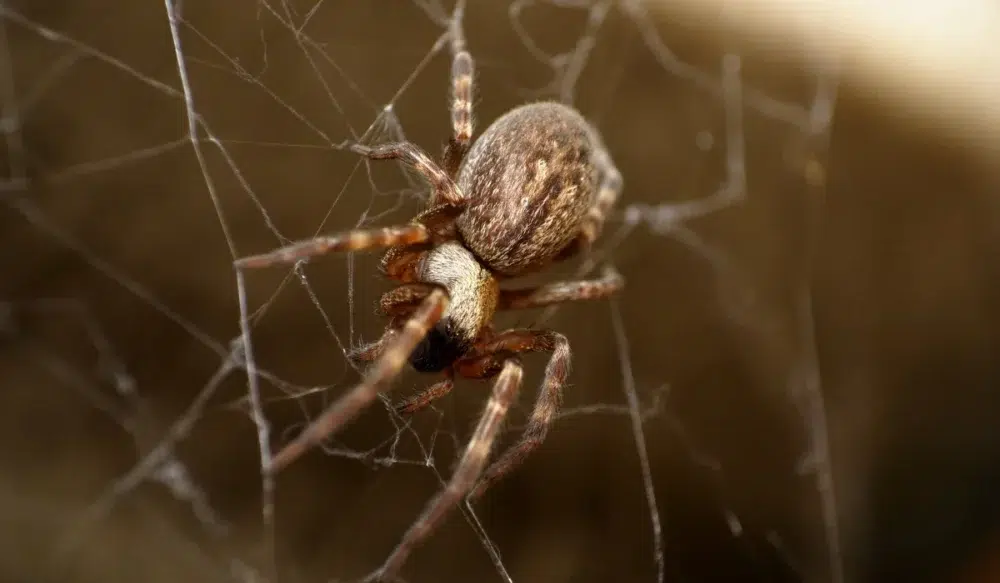Even pests that aren’t as scary as they look can still wind up causing serious problems around your home. Take silverfish, for example, which are both outdoors and inside of homes. While they look pretty creepy, they aren’t harmful to people. That doesn’t mean they are completely innocent creatures. Like all pests, you should learn how you can and clamp down on them quickly.
What You Should Know About Silverfish
Silverfish are small, poorly named pests. While they are often silver or metallic gray in appearance, they aren’t actually fish at all. Instead, silverfish are centipede-like insects that tend to stick to moist outdoor soils and woods. However, silverfish can be attracted to invade inside of your home for the same reasons other pests are enticed to do so. That’s why it’s important to not just identify a pest itself, but also the factors that might be luring them to in the first place. Here’s how you can spot silverfish directly:
- Size : Silverfish aren’t large and typically could fit on the face of a nickel. Their long antennae can give them the appearance of being longer than they actually are.
- Shape : Silverfish are also noted for their teardrop shape when viewed from above.
- Color : Their most notable feature is where they get their name — the metallic shells that are often reflective. However, some silverfish can be a dull gray or even tannish color.
What Attracts Silverfish?
While their barby-looking bodies and long antennae can make silverfish appear dangerous, they are actually not harmful to people or our pets. Instead, the main problem with silverfish is their diet: fibrous keratin that can be found in animal products like wool, leather, and silk. Silverfish are attracted indoors by the presence of these common household items, which is why the most important step in keeping pests out is sealing up entry points. Here are the two most important areas to focus on:
- Windows & Doors: One of the easiest ways for bugs to get inside is through tears in window screens or excessive gaps around a door. Proper maintenance, weatherstripping, and door sweep installation can help.
- Cracks & Holes: Another good step to take is to check your exterior walls and foundation for cracks or holes that might be big enough for a pest to squeeze through. Seal them up with caulk, paint, or some other sealant.
Other Silverfish Prevention Tips
Those steps may help keep silverfish out of your home, but they won’t address the populations outdoors that can attract even worse pests. That’s why it’s important to take the following steps to for silverfish or their predators:
- Landscaping: Proper yard planning and maintenance is the most important step for outdoor pest control. Keep soil beds away from your walls and keep grasses and other plants trimmed.
- Moisture Control: Silverfish are attracted to moist areas, so yards with excess moisture are more attractive to them than ones with proper drainage and less attractive yard features.
Contact Green Home Pest Control Today
These at-home prevention methods can only get you so far. For overall protection from silverfish and other invasive pests, the best guarantees come from Green Home Pest Control. Providing residential and for , we’re your local partners in all that you need to keep pest problems from forming in the first place. Let our friendly experts provide you with even more helpful tips during an inspection of your property. If we spot warning signs, we’ll help you address them with effective services that you can afford. If silverfish or any other invasive pests are already there, let us get rid of them quickly. Contact Green Home Pest Control to get started on true home pest protection.
Request Your Free Estimate Today
Complete the form below to request your no obligation estimate.



